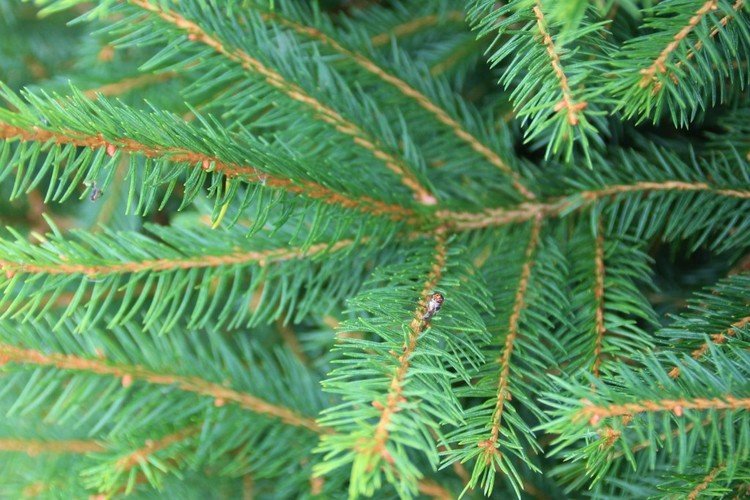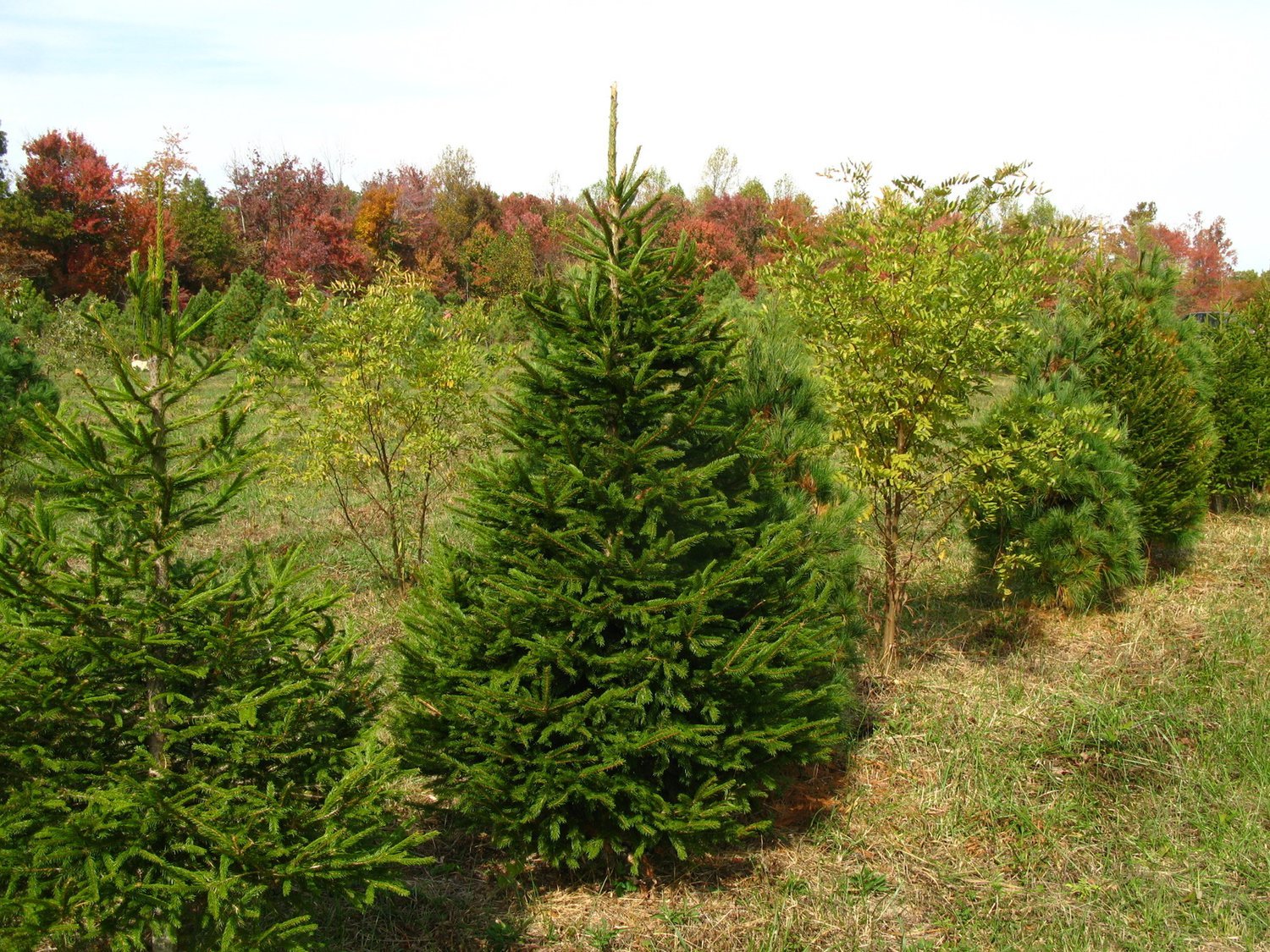Norway Spruce
Picea abies
The Norway Spruce is the original European Christmas tree, featuring soft, dense dark green needles, a beautiful scent and symmetrical structural beauty.
The Norway spruce is a great asset to a garden or to bring a classic theme to your Christmas party as a fresh-cut tree. An adaptable and hardy variety found widely in the northern hemisphere from Sweden down to the Alps, into Russia and across the atlantic to North America.
Origin and climate
The Norway Spruce is naturally present in many parts of Europe, from the Alps to Ural mountains in Russia, going as far North as the arctic circle in Scandinavia, with some presence in the Balkans as far South as Greece.
It has adapted to many other places and can be found in most of Europe, including Britain, as well as in North America.
Growth
Height: mature tree growing between 35 and 55 meters. Will reach 2 metres in 7-9 years in good conditions
Ideal Growth Conditions: Loamy, well-drained soil with a pH range between 6 and 8. Grows in full sun or partial shade. Tolerates temporarily waterlogged soils and adaptable to a heavy clay content. Drought tolerant and
Attributes: Dense dark green needles, strong branches
Tending and care
The Norway spruce is your goold old classic tree - its distrubution and sucssess across europe, canada and the U.S are testamant to its easy care.
Plant in the ground, or upsize pots in winter to reduce stress.
Uses: Ornamental for gardens, tree lines and wind breaks, fresh-cut Christmas trees.
Fresh-cut tree care: Treat your fresh-cut tree like you would fresh-cut flowers, when you first arrive home, recut the base of the tree and place it in clean water. Check the water level daily, ensuring the stem is fully submerged. Want to give your tree some extra TLC? Spritz with water daily to help keep it fresh for several weeks.
Fun facts
The Norway Spruce is the original Christmas tree. This tradition started in Northern Germany among Lutherans Christians in the 16th century and may even have been started by the reformer Martin Luther. Ornaments could be edibles such as apples, waffles and sweetmeats. Candles were also used before the invention of electricity.
Martin Luther and his family in front of a Christmas tree







